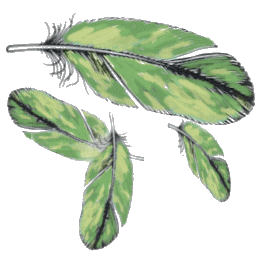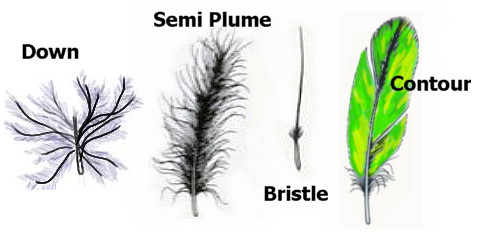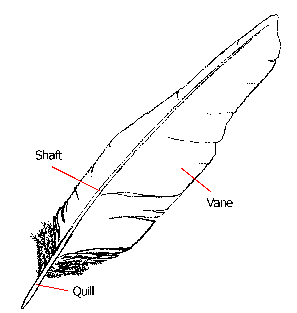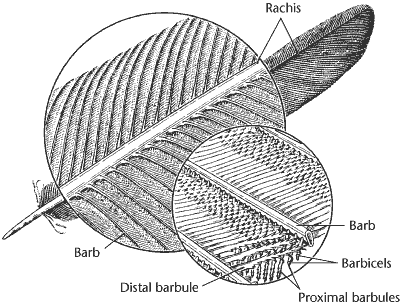QUICK PICK MENU
� QPS 2024-5
All Rights Reserved

FEATHER FACTS
MORE THAN YOU PROBABLY WANTED TO KNOW ABOUT FEATHERS
How special are birds? Very! They are the only creatures with feathers!
Feathers allow the miracle of flight, and protect and insulate. In many species, feathers attract the opposite sex, and something about feathers might attract particular humans to a particular bird as well. For hundreds upon hundreds of years, the beauty of feathers have so appealed to humans, they have used them on clothing, hats, in their hair, dangled them from their ears, as well as used them for ceremonial purposes.
Psittacines have 4 types of feathers:

Down and semi plumes are the closest to your Quaker's body. They insulate the body and provide a cushion for the contour feathers, which is why they are so fluffy.
Bristle feathers are very stiff. Insect eating birds have bristle feathers around their mouths, which act as funnels for the meal. Our Quakers have bristle feathers around their eyes, which work very much like teeny, tiny eyelashes. Bristle feathers are also found around the nares and on the head.
Contour feathers are the feathers we all are most familar with visually. Contour feathers cover the wings, the body, and tail. They are also referred to as coverts, (covering the wings, head and body), remiges, (primary and secondary flight feathers), and retrices, ( tail flight feathers).


Above left, we have a simple contour feather in which we can see the outter visible parts of a feather. Let's take a peek at the not so obvious. What are all those barbs, and barbules, and barbicels? If you look at the illustration at the right and locate a barb, you'll see it has lots of hook-like branches. These are the barbules, and the barbules are what hold the feather together. If your Quaker is preening correctly, the feather will function correctly, look attractive, and remain strong.
When your Quaker preens, he or she is "zipping" the barbules into their proper place. If you listen closely, you can actually hear the "zipping" sound.